By the 16th century, European painters had become masterful at crafting illusions of perspective, giving viewers an impression of lifelike, three-dimensional depth on flat surfaces. Building on this well of Renaissance knowledge, a small handful of artists began pushing linear perspective further still, crafting works that required the viewer to occupy a single vantage point – or series of vantage points – in order to be fully understood. Today, this sort of visual illusion, known as anamorphosis, is responsible for viral internet phenomena such as the 3D street paintings of the Rome-based artist Kurt Wenner. At its inception, however, the technique was used to both provocative and whimsical effect, often adding subversive new meanings to works once revealed. In this short film, the celebrated US animation team Stephen and Timothy Quay, better known as ‘the Brothers Quay’, evoke a dark fairytale with their exploration of the technique, which combines stop-motion puppetry with some notable examples of anamorphosis from the 16th and 17th centuries.
The Renaissance art illusion that proved everything is a matter of perspective
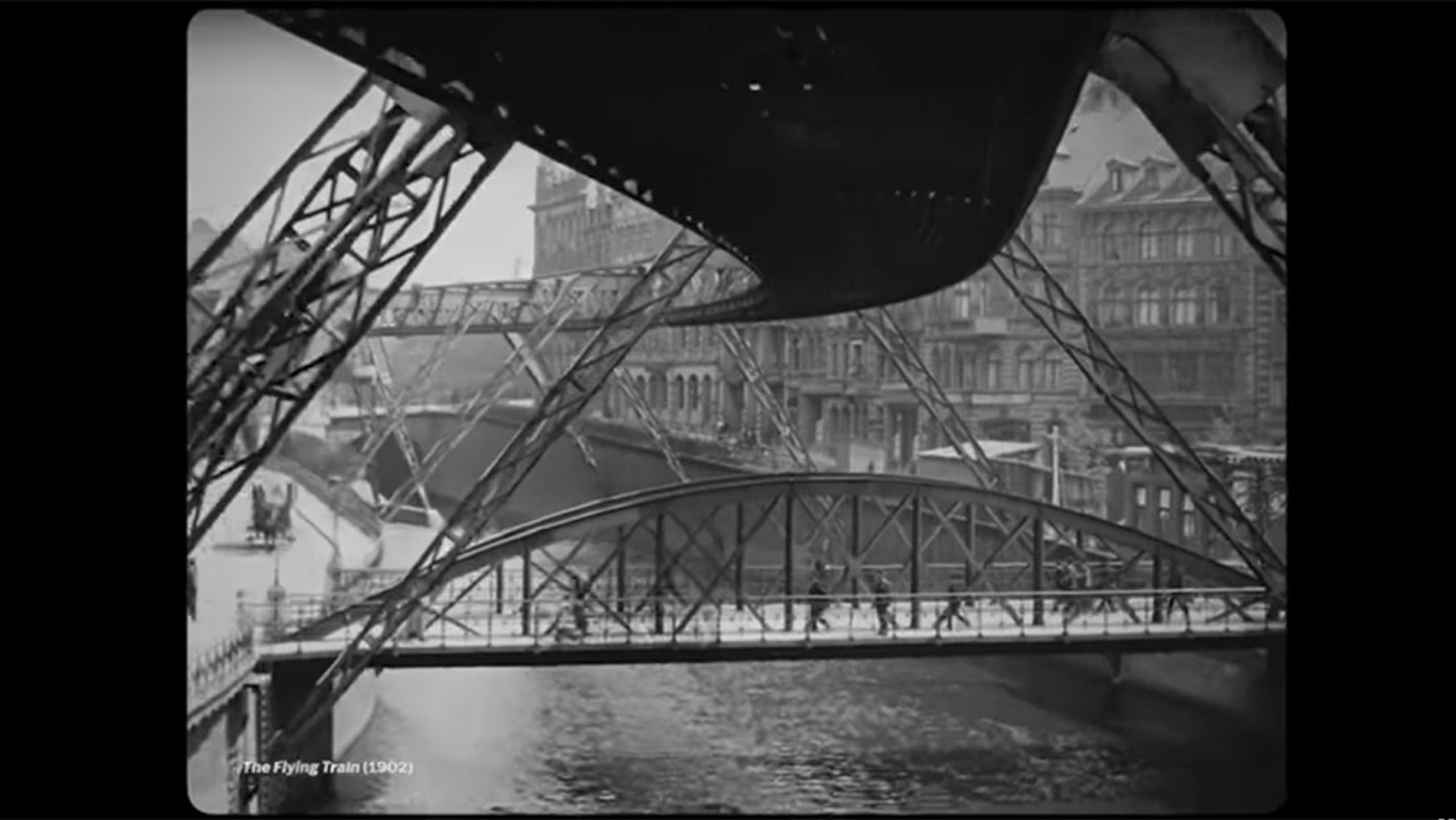
videoFilm and visual culture
Our ideas about what early movies looked like are all wrong
11 minutes

videoHistory of technology
Racing through time on a Brooklyn Bridge trolley ride in 1899
9 minutes

videoTechnology and the self
Friendly tower cranes, grinning street signs, and other adventures in augmented reality
2 minutes
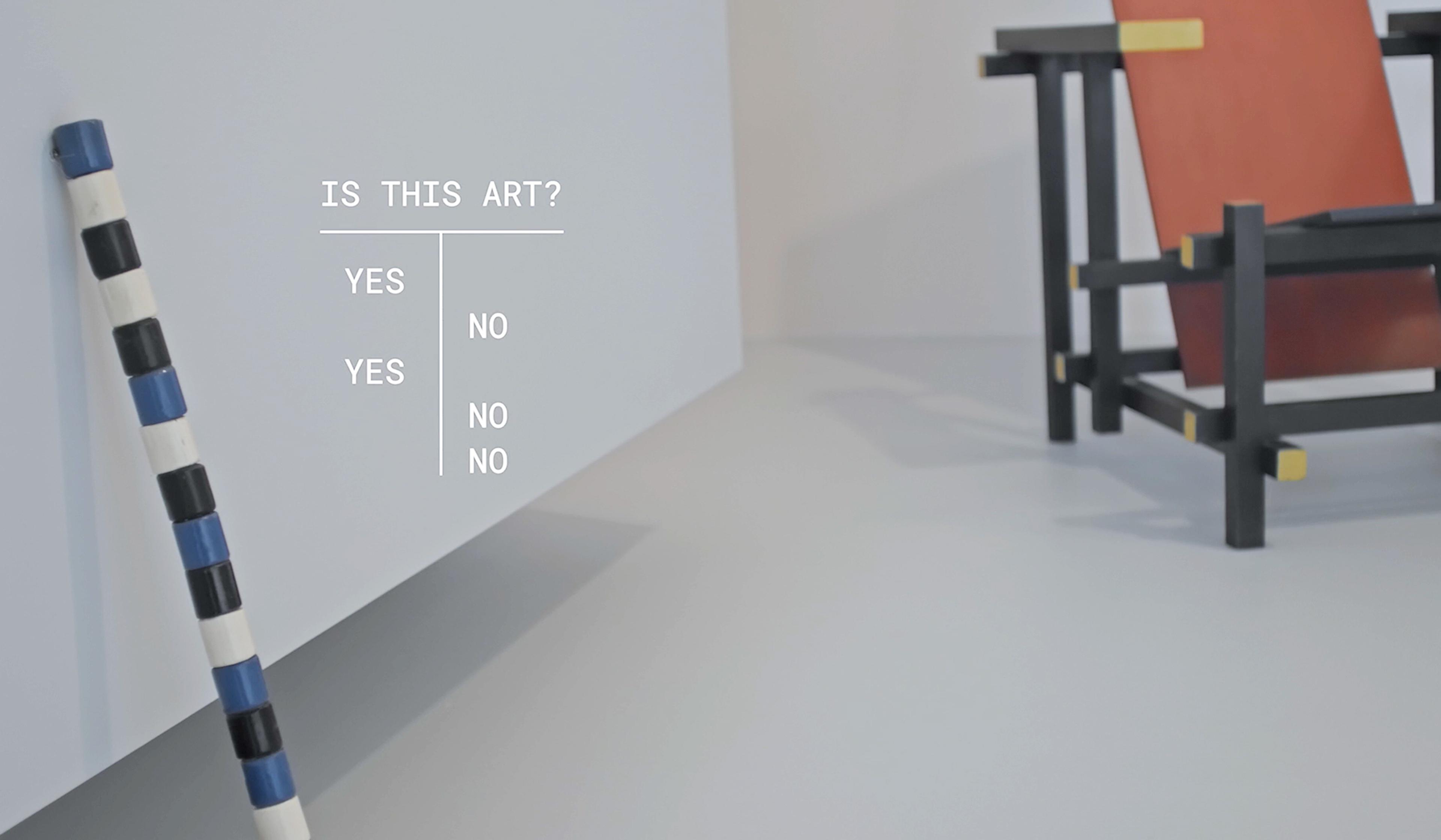
videoArt
What does an AI make of what it sees in a contemporary art museum?
15 minutes

videoMaking
Stop, don’t go: stop-motion animation creates life from the stuff we throw away
2 minutes
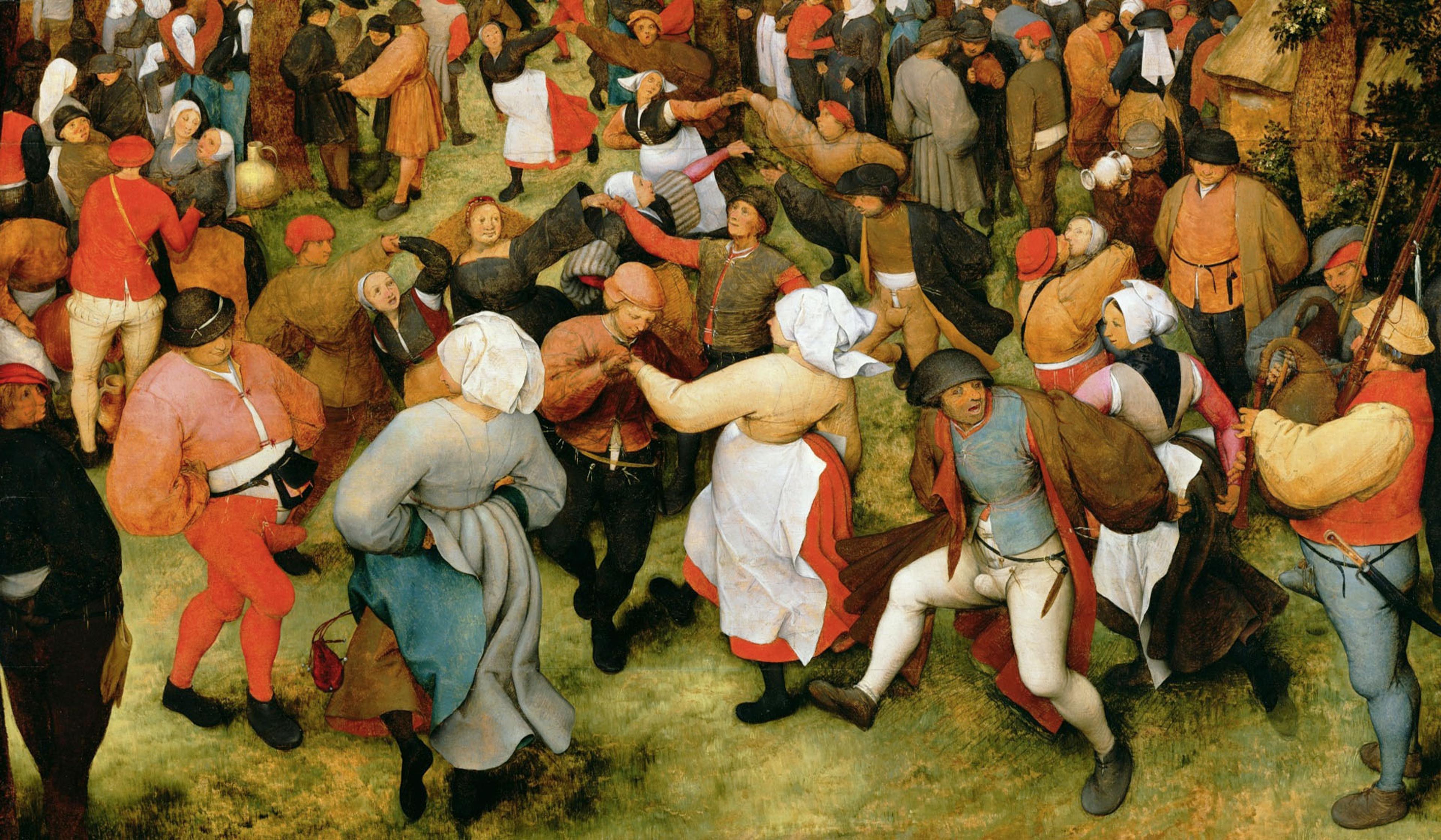
videoArt
Why European artists shifted their focus from power to peasants in the 16th century
5 minutes
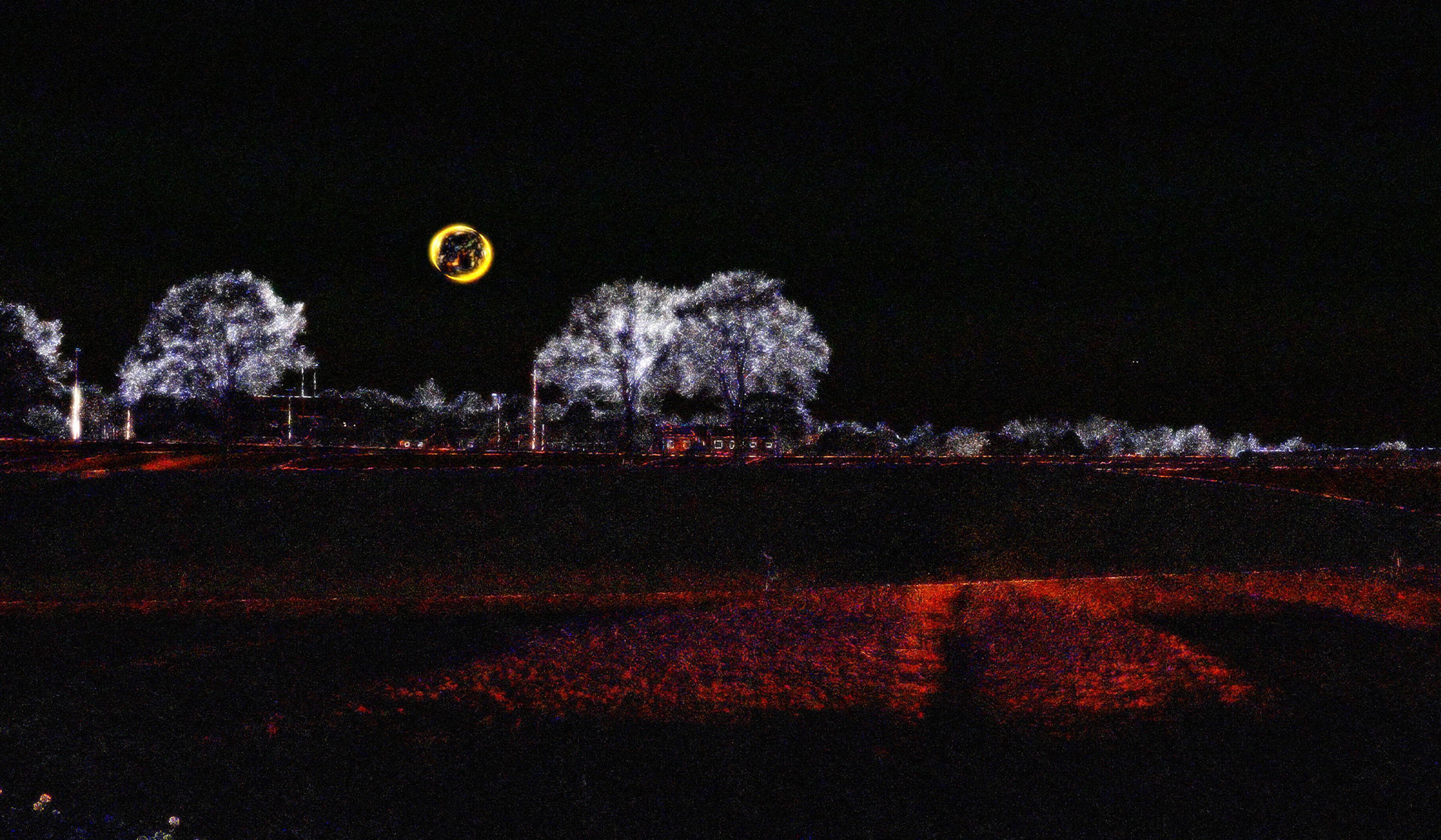
videoFilm and visual culture
An augmented-reality filter reveals the hidden movements all around us
7 minutes

videoDesign and fashion
Household items are reborn in a ‘visual symphony of everyday objects’
11 minutes
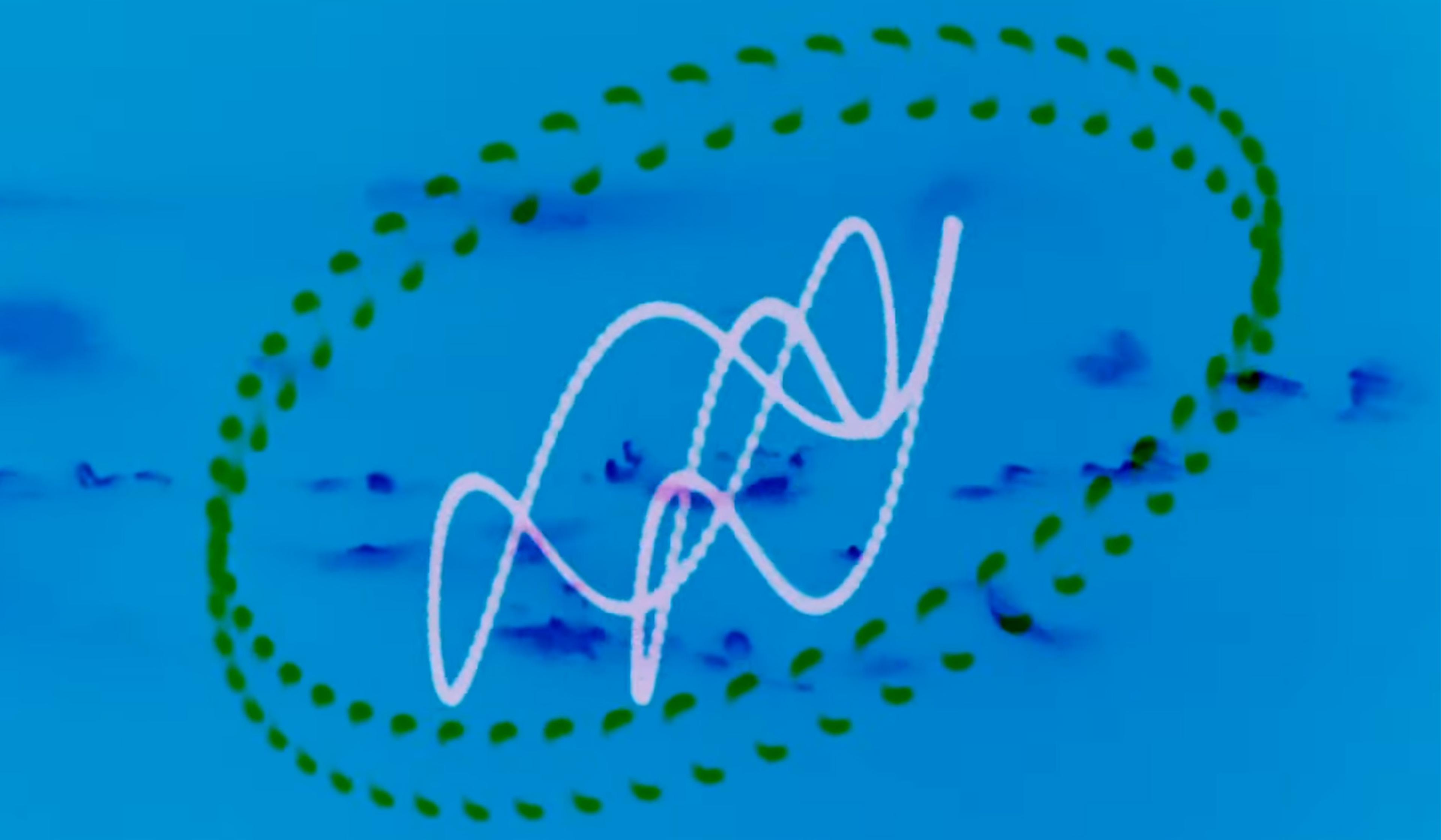
videoFilm and visual culture
A series of animated illusions illustrates how we project depth on to flat surfaces
8 minutes